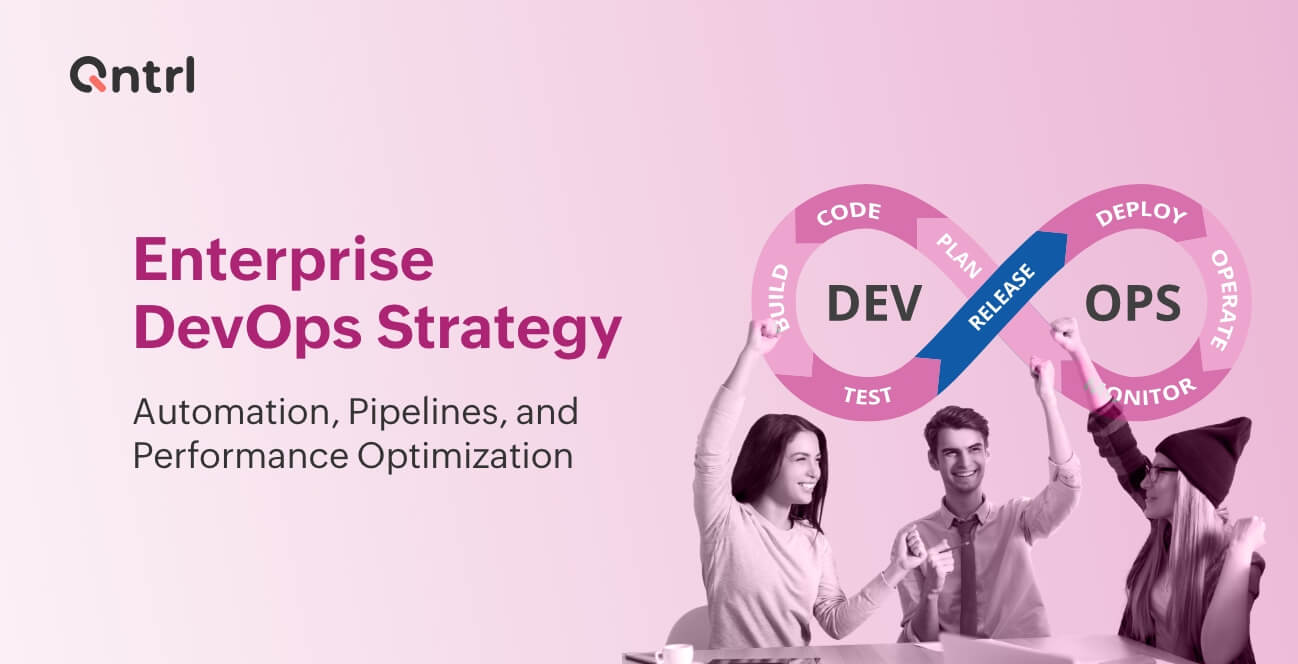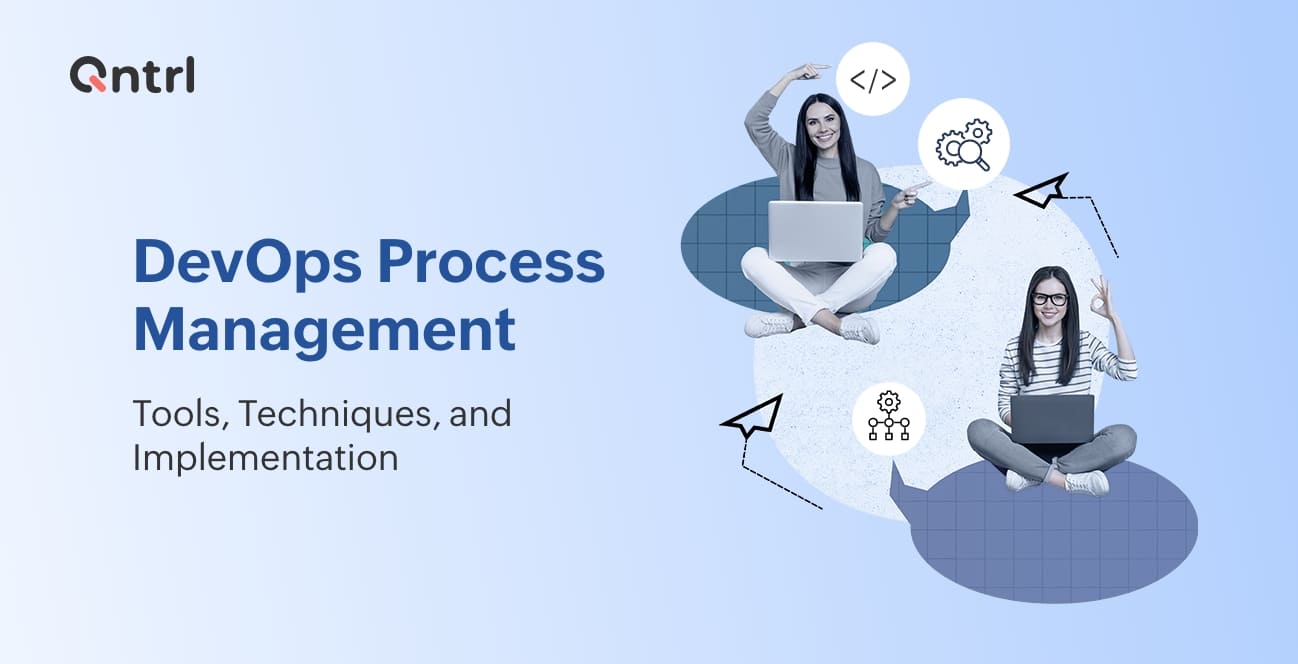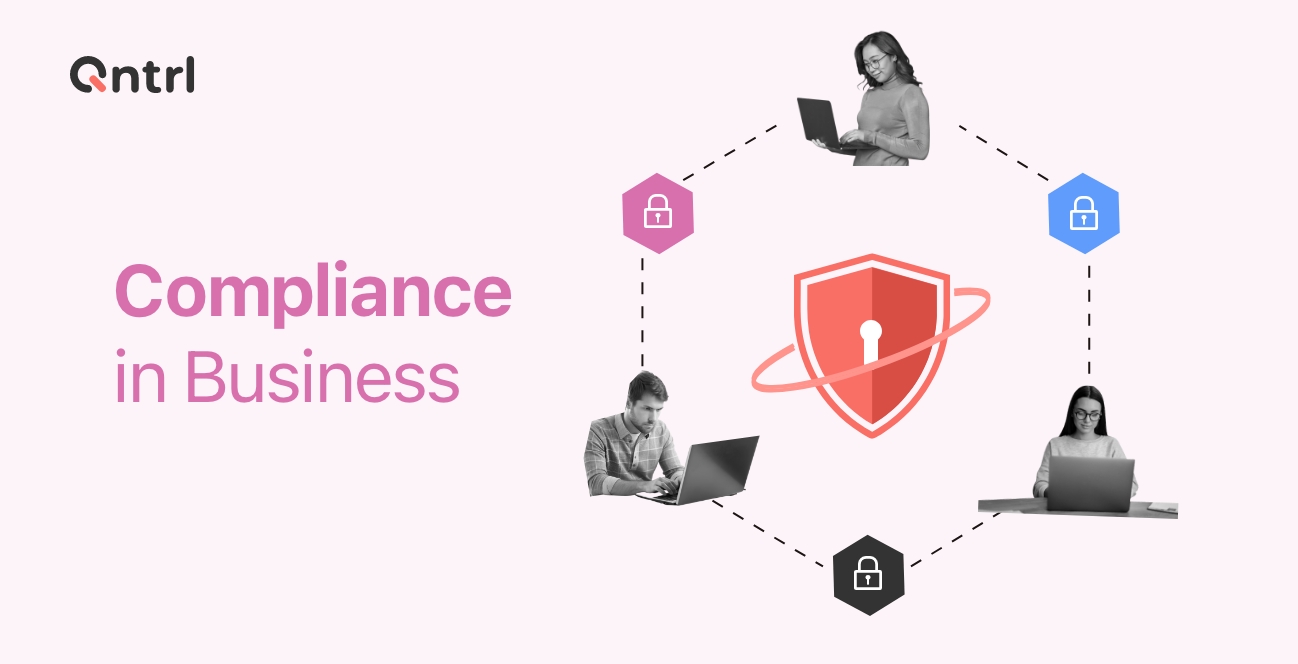DevOps governance and workflow optimization: a technical guide

Understanding DevOps governance
In DevOps, governance refers to the structured framework that ensures software development and deployment processes align with organizational policies, compliance standards, and strategic objectives. It encompasses establishing clear roles, responsibilities, and procedures to manage the DevOps lifecycle effectively.
Effective DevOps governance balances the need for rapid delivery with the imperative of maintaining control and compliance. It involves implementing policies that guide decision-making, ensuring transparency, and fostering accountability across teams. Organizations can mitigate risks, enhance security, and achieve consistent, high-quality outcomes by integrating governance into the DevOps workflow.
Common governance challenges in DevOps
Implementing governance in DevOps environments presents several challenges:
Cultural resistance: Transitioning to a governance-focused approach may encounter pushback from teams accustomed to more autonomous operations. Overcoming this requires change management strategies that emphasize the benefits of governance in enhancing efficiency and accountability.
Toolchain complexity: The proliferation of tools in DevOps can lead to fragmented processes and data silos. Establishing a unified governance framework that integrates with existing tools is essential to maintain coherence and control.
Inconsistent compliance enforcement: Ensuring compliance across diverse teams and projects becomes difficult without standardized governance practices. This inconsistency can expose organizations to security vulnerabilities and regulatory penalties.
Lack of visibility: Inadequate monitoring and reporting mechanisms hinder the ability to track compliance and performance metrics, making it challenging to identify and address issues proactively.
Building a DevOps governance framework
Developing a robust governance framework involves several key steps:
Define clear policies and standards: Establish guidelines that dictate how code is developed, reviewed, tested, and deployed. These policies should be documented and accessible to all stakeholders.
Implement role-based access controls (RBAC): Assign permissions based on roles to ensure that individuals have appropriate access levels, enhancing security and accountability.
Automate compliance checks: Integrate automated tools that continuously monitor adherence to governance policies, reducing manual oversight and enabling real-time compliance enforcement.
Establish audit trails: Maintain comprehensive logs of all activities within the DevOps pipeline to facilitate audits, troubleshoot issues, and support continuous improvement efforts.
Foster a workplace with accountability: Encourage teams to take ownership of their responsibilities within the governance framework, promoting a shared commitment to organizational goals.
Workflow optimization within DevOps
Optimizing workflows in DevOps involves streamlining processes to enhance efficiency, reduce errors, and accelerate delivery:
Automate repetitive tasks: Utilize automation tools to handle routine activities such as code integration, testing, and deployment, freeing up teams to focus on more strategic tasks.
Implement continuous integration and continuous deployment (CI/CD): Adopt CI/CD practices to facilitate rapid, reliable code changes and deployments, minimizing downtime and improving responsiveness.
Monitor performance metrics: Track key indicators such as deployment frequency, lead time, and failure rates to identify areas for improvement and measure the impact of optimization efforts.
Encourage cross-functional collaboration: Promote communication and cooperation among development, operations, and quality assurance teams to ensure alignment and expedite problem-solving.
Regularly review and refine processes: Conduct periodic assessments of workflows to identify bottlenecks, incorporate feedback, and adapt to evolving business needs and technological advancements.
Key metrics for governance success
Governance metrics provide visibility into both performance and risk in the delivery pipeline. Dashboards often visualize critical indicators – for example, deployment throughput, policy compliance rates, or mean time to fix a failed audit – to give teams an instant view of system health.
By plotting such values (akin to how analytics dashboards show visitor counts or engagement), engineering leaders can quickly spot when processes are proceeding smoothly versus when delays or violations crop up.
Policy compliance rate: The fraction of code changes or deployments that meet all defined governance policies. Tracking this shows how consistently teams adhere to security checks, code quality gates, and review requirements. A high rate means policies are being followed; a drop can highlight gaps in enforcement.
Risk exposure index: A composite score that aggregates unresolved vulnerabilities, overdue dependencies, or audit issues. By combining factors like open security findings or failed compliance checks into one metric, this index highlights areas of latent risk that need attention
Incident frequency: The count (or rate) of governance-related incidents over time. Monitoring how many changes trigger policy violations or require urgent hotfixes tells teams where controls have broken down. A rising incident count is an early warning of process erosion.
Remediation time: The average time to correct a governance issue once it's identified (e.g., patch a vulnerability, or complete a missed review). This reflects the team's agility in restoring compliance. Shorter remediation times indicate efficient response workflows, while long latencies may signal bottlenecks needing attention.
Collecting and analyzing these metrics turns governance into a feedback loop. Over time, teams see trends and can "pivot left" on trouble spots. For example, leaders might tighten training or automate a check if compliance coverage drops. Tracking specific governance indicators helps pinpoint gaps and drive continuous improvement, minimizing risks before they escalate.
Tools that support governance and workflow optimization
DevOps teams rely on several classes of tools to automate delivery and enforce governance. Modern toolchains typically include CI/CD servers, infrastructure provisioning systems, orchestration engines, and monitoring platforms. Each tool fills a role in ensuring velocity and compliance:
CI/CD and build automation: Continuous integration servers and automated pipelines build, test, and deploy code changes. They define workflows (e.g., build → test → deploy) and integrate governance hooks. For example, a pipeline can run security or lint scans automatically on each commit, ensuring that violations block progression. By automating these stages, CI/CD tools enforce consistency and reduce human error.
Policy and compliance engines: These tools encode governance rules as code. They might perform static analysis of infrastructure-as-code, check for insecure configurations, or validate license compliance. Whenever code or configuration is committed, the policy engine evaluates it against standards (e.g., "no open ports" or "approved libraries only") and raises flags. This automated policy-as-code approach catches issues early and eliminates many manual reviews.
Workflow orchestration and approval systems: Platforms that manage complex processes and human approvals. They let teams model multi-step workflows (builds, tests, deployments, approvals) in one place. For example, orchestration software can route a deployment request to a security lead, then to QA, logging each handoff. These systems often include role-based gates and audit trails so every action is recorded. One such orchestration platform enables admins to define custom tasks and approval workflows (roles and decision points are built in), ensuring each step is logged and compliant. For instance, solutions like Qntrl provide this capability: they automate task handoffs, enforce who can approve each stage, and capture every audit log.
Monitoring and audit logging: Observability tools collect logs, metrics, and events across the pipeline. They can aggregate data from all deployment stages and infrastructure components. By unifying these logs, teams get a comprehensive view to identify anomalies or noncompliant behavior. For example, a unified insights dashboard can pull metrics from security scanners, CI builds, and production monitors to highlight weaknesses and measure results. Effective monitoring ensures that governance controls are not just in place, but actually working in real time.
Access control and identity management: Directory and RBAC systems ensure that only authorized users can perform certain actions. Tools in this category manage authentication and permissions (e.g., role-based access control for production environments). By integrating these with pipelines, teams guarantee that only the right engineers can trigger critical operations. In practice, enforcing strict access policies blocks unauthorized changes and aligns technical controls with governance requirements.
Each category emphasizes capability over brand. Together, these tools create a controlled, auditable environment: automated deployments run only after compliance checks, each approval or config change is recorded, and centralized monitoring highlights any deviation. By combining these capabilities, organizations get end-to-end visibility and control over their DevOps workflows.
Applications of Qntrl in DevOps governance and workflow optimization
Qntrl serves as a robust solution for organizations aiming to enhance DevOps governance and streamline workflow optimization. Its capabilities are particularly beneficial in scenarios requiring stringent compliance, efficient process management, and seamless integration across various systems.
Enhancing compliance in financial services
In the financial sector, where adherence to regulatory standards is paramount, Qntrl has been instrumental in automating critical processes. For instance, Model Co-operative Urban Bank utilized Qntrl to automate gold loan processing, including EMI calculations and certificate generation. This automation not only ensured compliance with regulatory guidelines but also provided top management with real-time insights into loan disbursements, thereby enhancing decision-making and operational efficiency. qntrl.com
Streamlining warehouse operations in logistics
Logistics companies often face challenges in managing complex warehouse operations. Qntrl addressed these challenges by providing a centralized process control system, enabling better collaboration and accountability across multiple warehouses. By mapping out processes and setting up efficient workflows, organizations were able to reduce communication overhead and improve overall productivity.
Automating IT workflows in manufacturing
Manufacturing firms require precise coordination between various departments. Qntrl's low-code platform allowed these organizations to automate IT workflows, ensuring that complex tasks such as equipment maintenance and quality checks were executed seamlessly. The visual workflow builder facilitated the creation of customized processes, reducing manual errors and enhancing operational efficiency.
Facilitating healthcare administrative processes
Managing patient information and administrative tasks efficiently is crucial in the healthcare industry. Qntrl enabled healthcare providers to automate patient onboarding, appointment scheduling, and record management. This automation improved patient experience and ensured compliance with healthcare regulations by maintaining accurate and accessible records.
These examples illustrate Qntrl's versatility in addressing the unique challenges of various industries, particularly in enhancing DevOps governance and optimizing workflows.
In each case, the outcomes speak to value: faster delivery cycles, fewer errors, and stronger compliance. Engineering and DevOps leaders gain speed and confidence that processes are being followed.
By automating orchestration, approvals, and auditing, these examples show governance transforming from a bottleneck into a force multiplier – accelerating innovation while keeping risk in check.
Adopting a structured governance framework and leveraging appropriate tools is essential for organizations seeking to enhance their DevOps practices.
To explore how a workflow orchestration platform can support these objectives, sign up for a free demo and experience the benefits firsthand.
Enjoying your reading?
Enjoy organization and visibility too!
Qntrl can help you organise, control and improve production and projects in your team.







